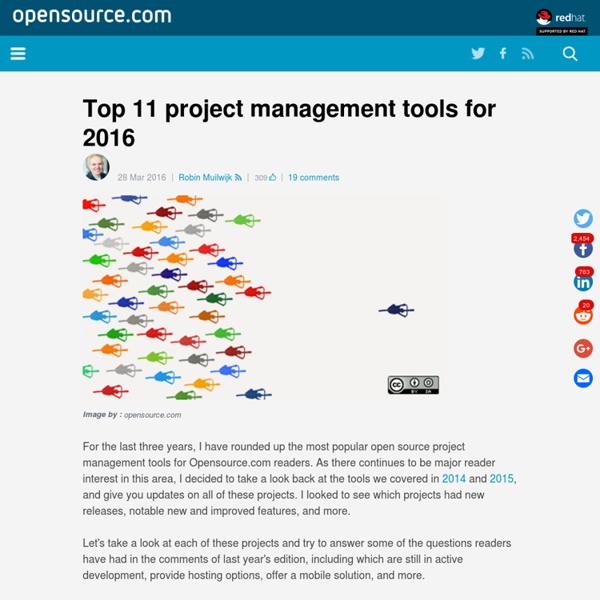Man v machine: can computers cook, write and paint better than us? | Technology
One video, for me, changed everything. It’s footage from the old Atari game Breakout, the one where you slide a paddle left and right along the bottom of the screen, trying to destroy bricks by bouncing a ball into them. You may have read about the player of the game: an algorithm developed by DeepMind, the British artificial intelligence company whose AlphaGo programme also beat one of the greatest ever Go players, Lee Sedol, earlier this year. Perhaps you expect a computer to be good at computer games? Once they know what to do, they certainly do it faster and more consistently than any human. Watch the video. “When our researchers saw this, that actually shocked them,” DeepMind’s CEO, Demis Hassabis, told an audience at a technology conference in Paris. “Artificial intelligence” is just about the oldest and most hyped of all computing’s buzz phrases. Today there’s a new mania, which looks different from the others: it fits in your pocket. The cooking test I thought the same.
Install Kitematic on Windows 10, 8, and 7 all Editions? GUI for Docker
In this post, I will show you how to install Kitematic on Windows 10, 8, and 7 all editions. Kitematic is a Docker GUI that makes managing Docker containers a breeze. Previously, I have explained what is Docker and how it can make life easier for home server owners. Install Kitematic on Windows – GUI for Docker In my opinion, even if you are a commandline pro, Kitematic Docker GUI can significantly speed up creating and managing docker containers. A. On 64-bit Windows 10 Pro, Ent, and Edu, Hyper-V can be enabled. 1. First create a folder to install kitematic on Windows 10. You may be presented with a Windows security warning because you are modifying a protected folder. 2. Ensure Docker is running. You will see a prompt to download Kitematic for Windows. Kitematic will download as Kitematic-Windows.zip file. 2. Next step is the key step, you will to extract the Kitematic-Windows.zip to the following location: C:\Program Files\Docker\Kitematic Recommended Guides: B.
Massimo Rimondini - Useful downloads
This page contains some useful programs I have written. PPspliT is a PowerPoint add-in that splits animation effects into different slides. Its most practical application is when you want to produce a PDF file of a presentation where several different shapes are drawn overlapped (because they are supposed to appear at different times). PPspliT does for you the job of producing a separate slide for each entry/exit/emphasis effect you would apply when the presentation is being actually played.
Install DSS on Windows with Docker - Dataiku - Collaborative Data Science Platform
Dataiku DSS only runs on Linux servers for production usage. Support of Mac OS X is available for experimentation, evaluation purpose and playing with Kaggle datasets. Dataiku does not provide any version of DSS for Microsoft Windows. However, you have the option to virtualize a Linux system on Windows and install DSS on it. We do not recommend that you use Docker for running DSS on Windows. We now provide a simple way to run DSS on Windows using Virtualbox, which does not require any complex manipulation. This page is provided for information purpose, and we will not be able to provide support for it. In this how-to, you will see how to install DSS on a Windows computer with Docker. Requirements Docker provides an easy installation for Windows with the Docker Toolbox application. Your machine must be running Windows 7.1, 8/8.1 or 10. Your Windows system must support Hardware Virtualization Technology and virtualization must be enabled. Docker Toolbox installation Additional resources
Bépodactyl : Exercices d'apprentissage de la disposition BÉPO
Exercices d'apprentissage de la disposition BÉPO. b é p o è v d l j z w a u i e c t s r n m ç ê à y x k q g h f Exercice nº1 : E, T, A, N (index et auriculaires) >> et et et et et et et te te te te te te te tee tee ette ette et et teet an an an an an an an na na na na na na na anna nana anan anna nana anan Aide Bépodactyl permet d’apprendre et de s’entraîner avec des exercices créés spécifiquement pour la disposition de clavier BÉPO. Pour cela, vous pouvez utiliser l’image virtuelle du clavier (voir les options) afin de ne pas regarder les touches de votre clavier et ainsi favoriser les réflexes musculaires. Commencer par les premiers exercices puis en fonction de votre progression passez aux suivants jusqu'à connaître le clavier sur le bout des doigts.
Disposition de clavier francophone et ergonomique bépo
XPath Syntax
The next wave of computing – Muneeb Ali
Entrepreneurs, tech investors, and policy makers spend considerable time thinking about the future of computing. In this post, I’ll present my prediction for what the next major wave of computing will be. To predict the future, we must first understand the past. Early computers were bulky and filled entire rooms. The mainframes of the 1960s and 1970s had a “centralized” computing model where a single mainframe would serve an entire office building, and “dumb” terminals would send compute-jobs to the mainframe. The desktop revolution of the 1980s and 1990s was a massive shift away from mainframes. And then cloud computing happened. The data centers owned by companies like Google and Facebook are the new mainframes. We’ve been reduced back to “dumb” terminals. The next wave of computing is going to be a massive shift away from cloud computing. “The arc of the internet is now bending towards decentralization.” — Naval Ravikant (at the Blockstack Summit July 2017).



